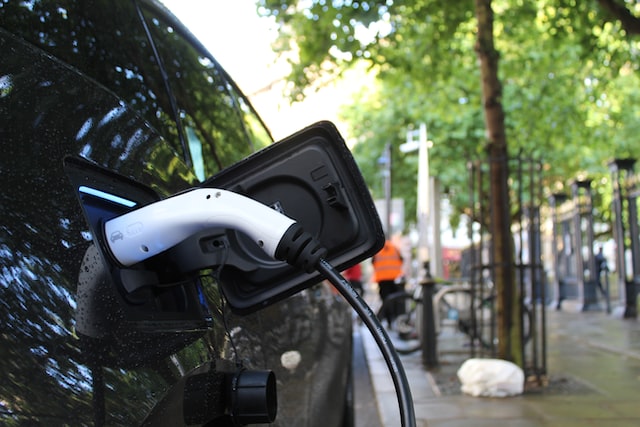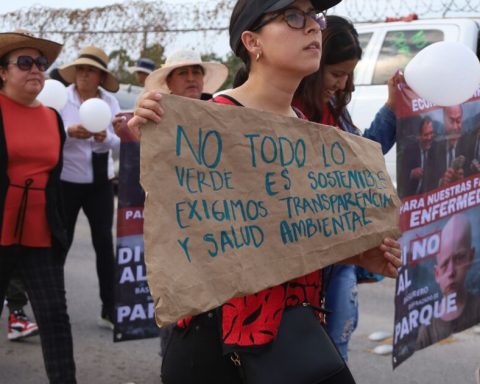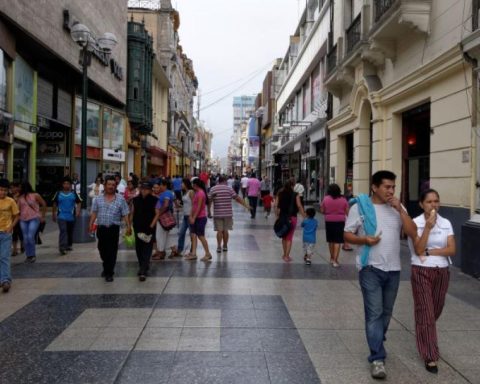
On December 1, a new decree issued by the Ministry of Economy and Finance was signed, which entered into force on the 18th, in which the list of electric vehicles that are subject to tax reductions is reduced, due to the fact that the maximum customs clearance value.
To receive tax benefits, from now on said amount must be less than US$27,000, whereas before that maximum was US$60,000. Thus, vehicles that are already available on the market were left out of these tax deductions, according to the general manager of the Uruguayan Automotive Trade Association (ACAU), Ignacio Paz.
The sale of electric vehicles had been “multiplying by two each year (but) if it stays that way, we are going to start dividing by two,” the businessman ironized.
As of last December 18, imported 0-kilometer electric vehicles, whose CIF price (acronym for Cost, Insurance & Freightor Cost, Insurance and Transport) must not exceed US$27,000, unlike the limit of US$60,000 that was in force until then.
According to the specialized portal autoblog, the measure was taken by the government of Lacalle Pou unilaterally, without consulting the brands or the ACAU. This led many companies in the sector to start claiming to the government that they already have purchased stock designed to receive the tax benefits that have now disappeared, and that they are affected by this change.
Last month, the Ministry of Economy, Energy and Mining (MIEM) announced something that goes in the opposite direction: it will subsidize US$5,000 for the purchase of electric vehicles for taxis, remittances, and transportation apps such as Uber or Cabify, which it was also remarked by the union of automotive importers.
With this new measure, only a few models of passenger cars today will fall within the conditions, such as the following:
- Bestune NAT
- JAC e-S1
- Letin Mengo
- quadricycles like the XEV YOYO
- On the contrary, electric utilities will maintain their benefits, because they were exempted from the limitation.
On the contrary, these are some of the 0km electric models for passengers that were left out of the COMAP criteria as of December 18:
- BYD New e2
- BYD Yuan Plus EV
- BYD Han EV
- BYD Tang EV
- Hyundai Kona Electric
- Maxus Euniq 6
- Mercedes-Benz EQA
- Mercedes-Benz EQB
- MINI Cooper SE Hatch 3 Door
- nissan leaf
- Peugeot e-2008
- Renault ZOE E-Tech
- Volkswagen e-Up!
against the world
Cities and countries around the world are moving towards the path of the future, prioritizing electric mobility and trying to gradually phase out internal combustion vehicles.
The first thing that comes to mind is the largest-scale decision taken so far in the global community: the European Union (EU) decided that, from 2035, the production and sale of diesel or gasoline internal combustion cars will be prohibited within its Member States, and only electric cars may be marketed.
In Spain, the Madrid City Council offers aid for the installation of charging points for electric vehicles, while in various areas of this city the entry of internal combustion cars is prohibited, reducing not only air pollution but also noise, and moving more and more people to use the fantastic public transport service that includes electric buses that can be combined with one of the most advanced underground metro systems in the world.
Also in Spain, the case of Barcelona stands out, which, with the prioritization of electric mobility and public transport, has reduced air pollution: From 2015 to November 2022, the average NO2 in the traffic stations of the city has decreased by 31%. It has gone from an average of 55 micrograms per cubic meter to 38, although in 2020 and 2021 it dropped to 34 due to mobility restrictions due to the pandemic. The EU requests that the average be below 40, so there is still a long way to go.

















